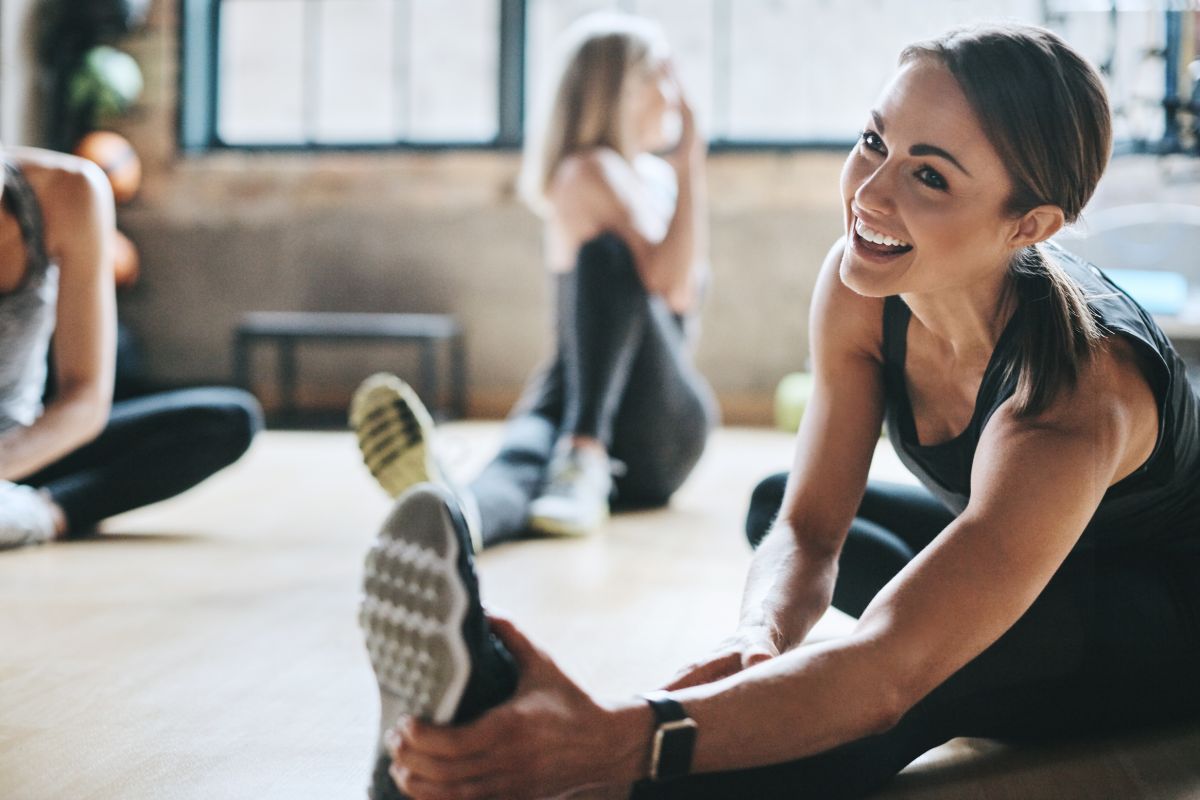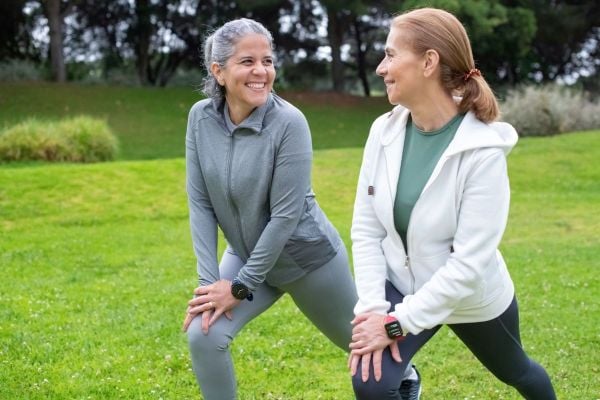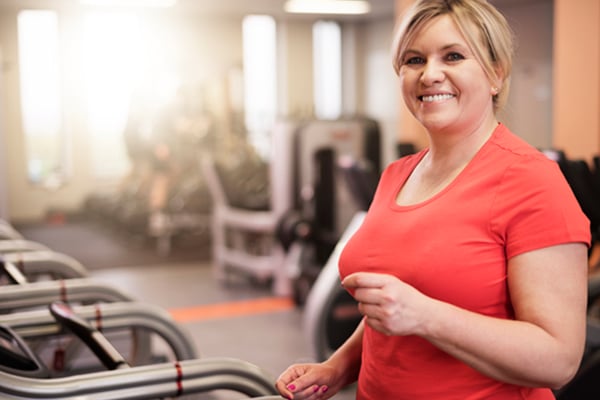Want a strong core? Stop doing sit-ups
*This article originally appeared on Dr. Kristen Mitteness’ website. We are republishing it here with permission.
When we picture “a strong core,” we often visualize six pack abs. Unfortunately, being able to see someone’s rectus abdominis (the muscle that people refer to as the “six pack”) says very little about their overall core strength.
Moreover, having an overdeveloped rectus abdominis can lead to muscular imbalance and increase the risk of low back pain or injury. Most of us already sit for long periods of time, with our core flexed forward. If the only core strengthening we do is sit-ups, we can make the problem (being in a forward- leaning position all day) worse by repeatedly leaning forward to do sit-ups.
Beyond the rectus abdominis
Your core is so much more than your rectus abdominis. We have three more layers of very important muscles: the external abdominal oblique, the internal abdominal oblique and the transversus abdominis. And that's just on the front!
On the back, we have the erector spinae, the quadratus lumborum and the psoas major and minor. Our diaphragm sits on the roof of our core and our pelvic muscles create a basement. Plus, we have our vertebrae, joints, ligaments and fascia. There's a lot to think about when it comes to the core!
Ultimately, a healthy core needs two main things: strength and mobility. This is what makes it functional. A functional core will keep you upright and maintain proper posture, support you safely through your daily movements and protect your organs. It also allows you to breathe, sneeze, cough, poop and pee. In addition, your risk of herniation (both disc and organ) will also decrease with a healthy core.
Better exercises for your core

Let’s start with mobility. You should be able to do the following with no pain, discomfort or restriction:
- Touch your toes
- Lean back
- Lean to your right and left
- Rotate to your right and left
- Cat and Cow
- Get off the ground without using your hands
Once you can do all of the above (If you need help, watch the video above), we can start to work on functional strength. I've broken my favorites exercises down into the follow categories:
Beginner movements (watch the video above):
- Back extensions
- Plank – 1 minute
- Side plank – 1 minute each side
- Abdominal breathing
Intermediate movements:
- Standing rotation with weight
- Side bends with weight
- Plank rotations
- Plank while alternative knee to elbow
- Inch worms
Advanced movements:
- Kettlebell windmill
- Jefferson curls
- Single arm kettlebell swings
- Single leg deadlifts
Motion is lotion

In addition to the above movement progressions, generally moving more than you are sedentary is a great way to keep the core healthy. Your spine is surrounded by cerebral spinal fluid and most of your joints have synovial fluid. When you move, your joints can be lubricated and your blood pumps more efficiently. Motion is lotion. When your muscles and joints move, they will feel and function better.
Low back pain is the leading cause of disability worldwide. Being able to do the above movements is one of the best ways to treat or prevent current or future low back pain.
Will doing these movements lead you to your “six pack”? Yes, but not in the way you might want it to. We all have a rectus abominis and many other core muscles that will be sufficiently developed through the above movements. You just might not see it.
Our abdomen has a layer of fat on it to further protect our organs and provide calories in case we ever find ourselves without food. Your best bet to chasing the elusive “six pack” is to clean up your diet which will decrease unnecessary fat storage and will allow you to burn the access. You can’t out-exercise a poor diet, so this part of the equation must happen in the kitchen.
Just remember a functional core is much, much different (and more important) than a visible rectus abdominis muscle.
For more information or if you’d like to schedule an appointment with a physiotherapist, check out our Locations page to find a Lifemark clinic near you.



